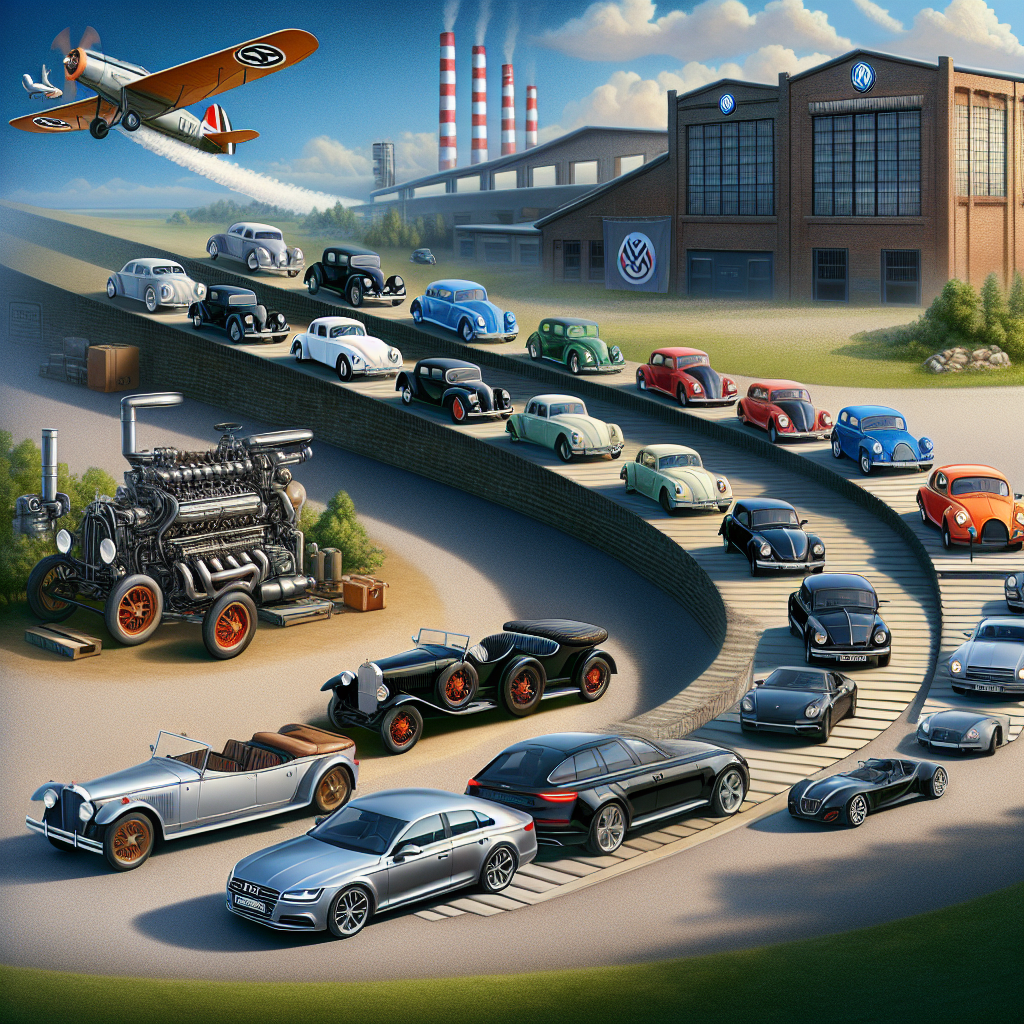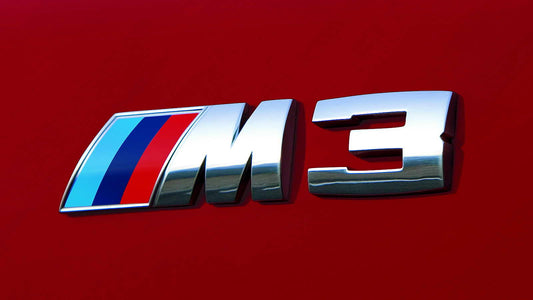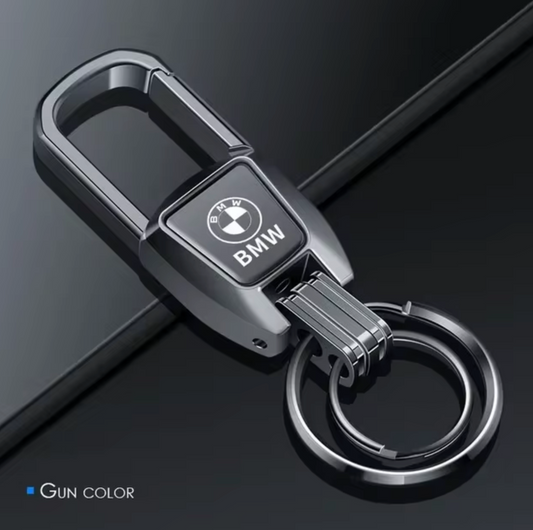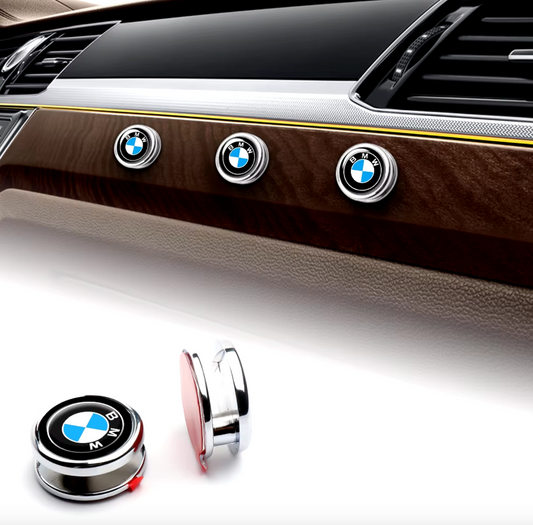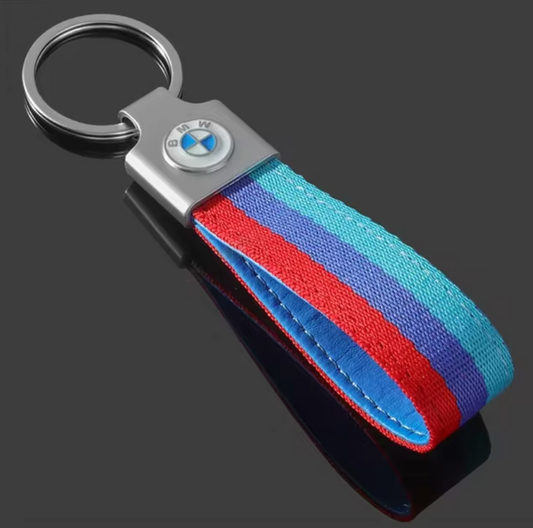History and Evolution of BMW: From Aeronautics to Automotive Domination
BMW, the legendary Bavarian brand, was not always associated with luxury and high-performance cars. The history of BMW, Bayerische Motoren Werke, dates back to 1916, and its evolution is a fascinating journey that spans from building aero-engines to becoming one of the world's leading car manufacturers.
The Early Years: Aeronautical Origins (1916-1923)
BMW began its journey in 1916 as a manufacturer of aircraft engines at the dawn of World War I. In fact, the BMW logo, which shows a circle with blue and white segments, is inspired by a moving aircraft propeller, in the colours of the Bavarian flag.
Transition to the Automotive Industry (1923-1939)
Following the Treaty of Versailles, which banned Germany from manufacturing aircraft engines, BMW diversified its production. In 1923, BMW launched its first motorcycle, the R32, and soon after, in 1928, it ventured into automobile manufacturing by acquiring the Dixi vehicle company.
Postwar and Renaissance (1945-1959)
World War II left BMW in ruins. However, from 1945 onwards, the company began a slow but steady process of rebuilding. It was during this period that BMW began to produce truly innovative cars, such as the IC 600 microcar and the BMW 507.
Modern Era and Great Expansion (1960-Present)
The 1960s marked a new era of success for BMW with the introduction of the “Neue Klasse” series of sporty sedans that laid the groundwork for the company’s future. Over the next few decades, BMW would expand significantly, launching iconic series such as the 3 Series, 5 Series and 7 Series, becoming synonymous with luxury, innovation and performance.
Constant Innovation and Sustainable Future
In the 21st century, BMW has adapted its strategy towards a sustainable future without sacrificing performance. Electric and hybrid models, such as the BMW i3 and i8, are testament to BMW's commitment to cutting-edge technology and ecological responsibility.
Today, BMW remains a pillar in the automotive industry, combining its rich history with constant innovation to ensure its leadership in the future.

